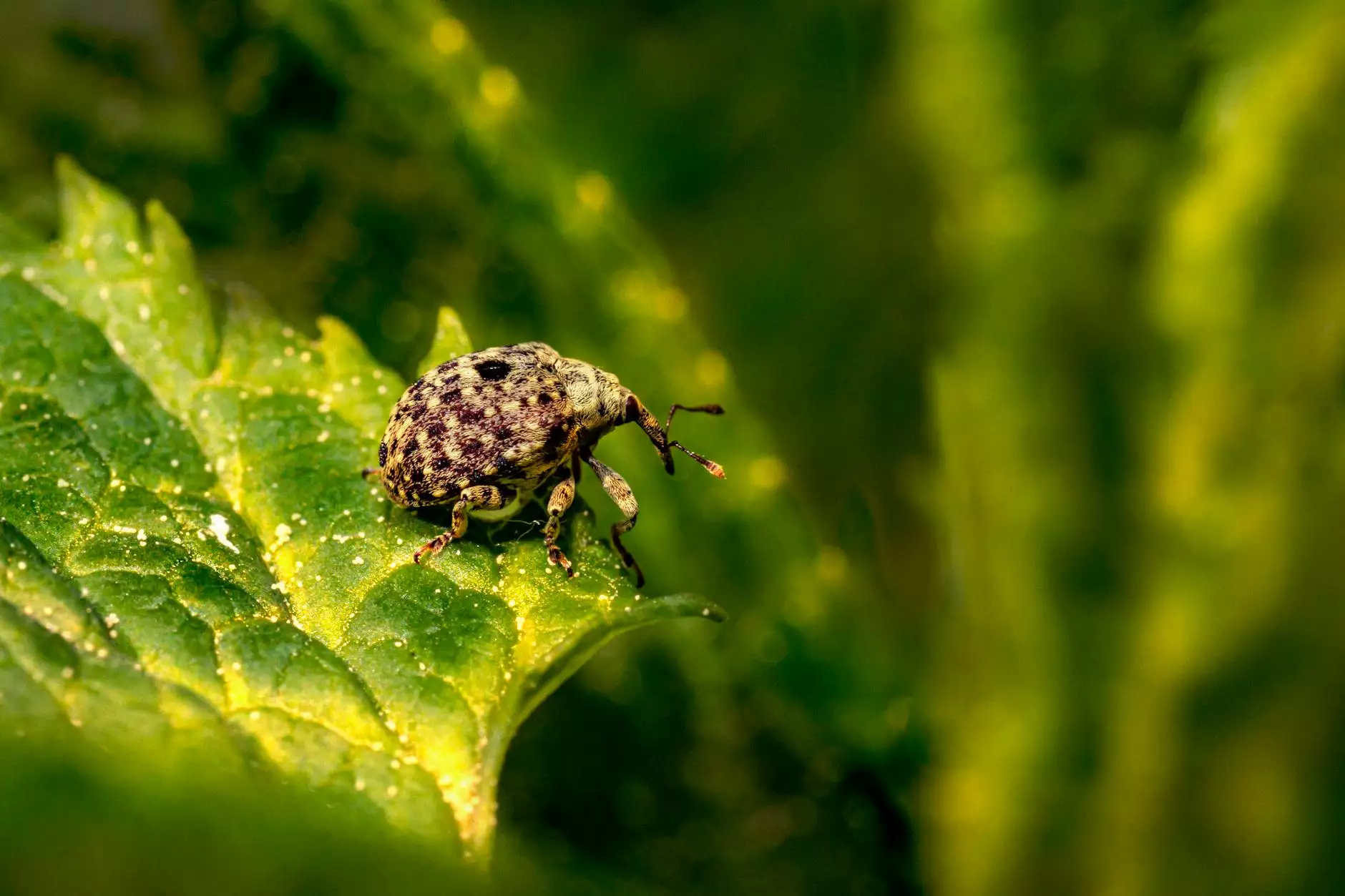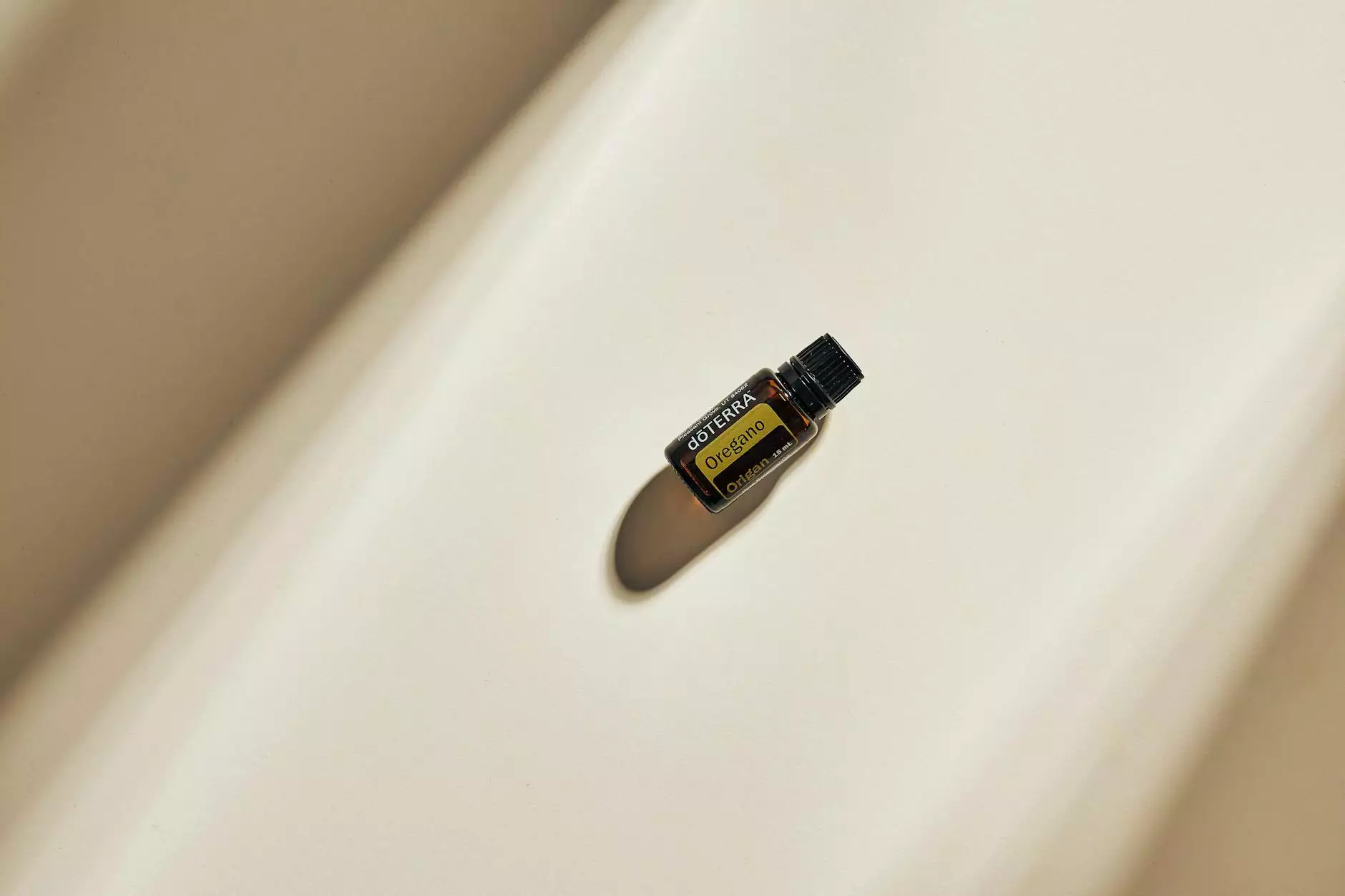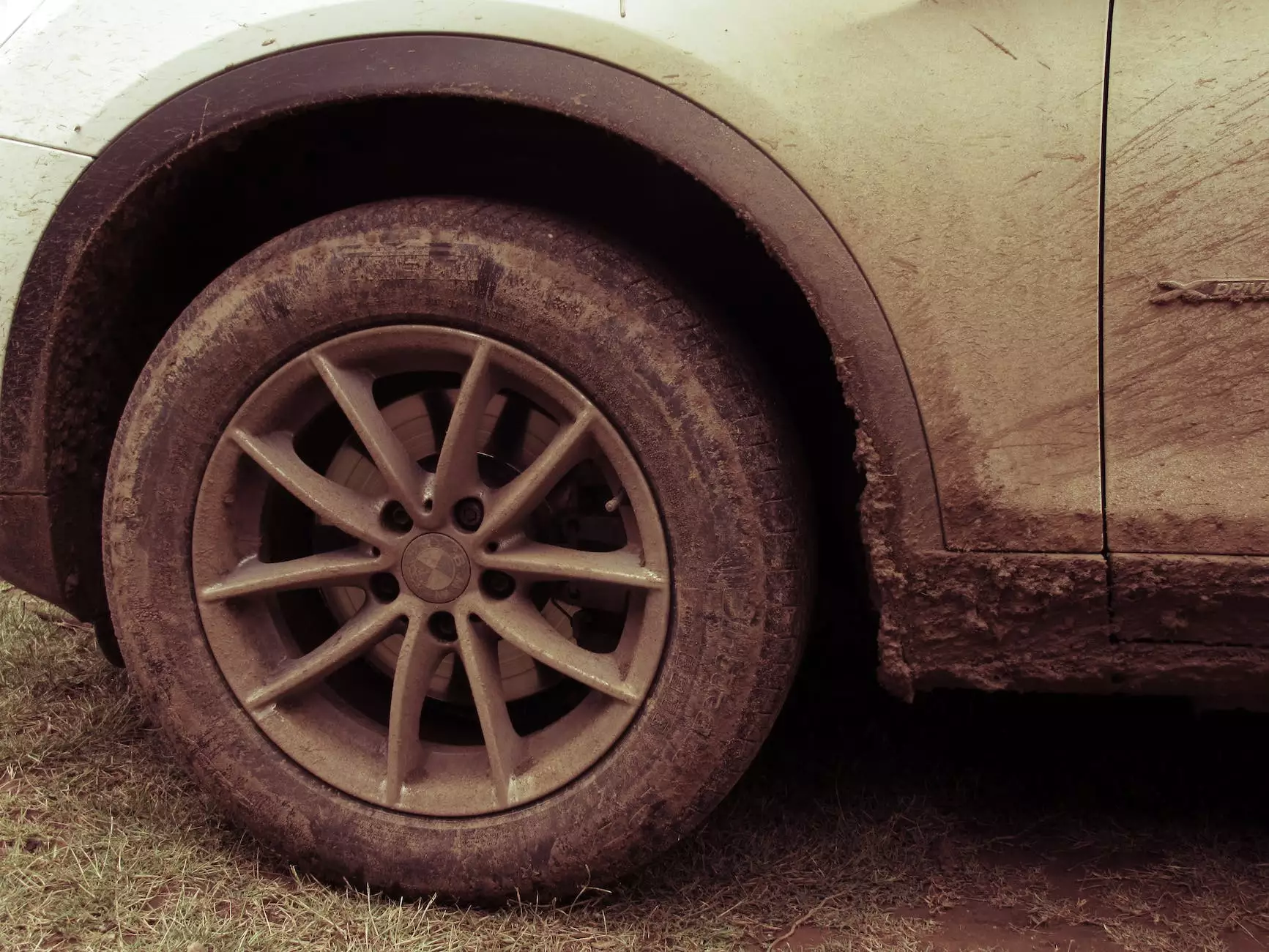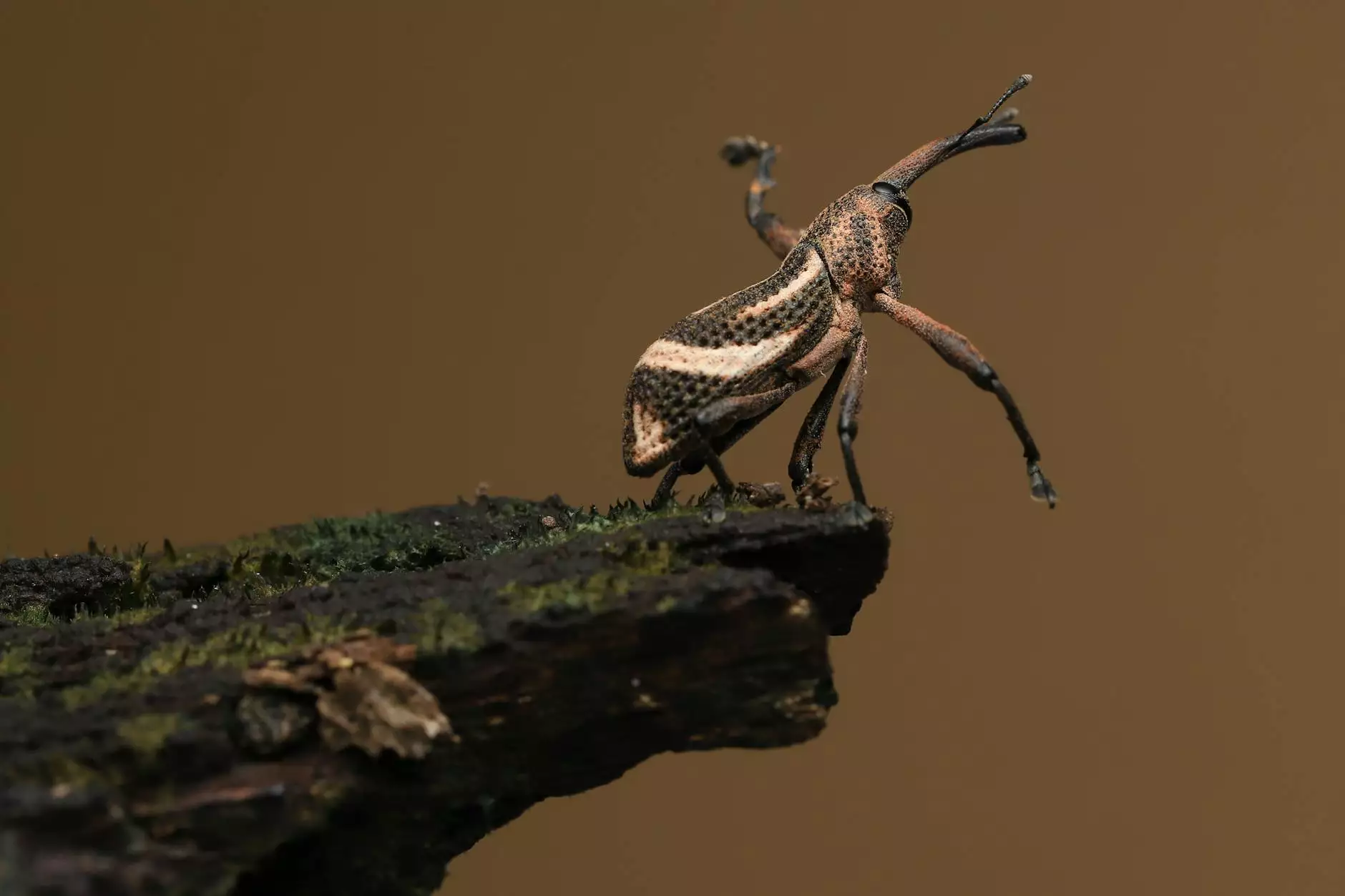Effective Rice Weevil Control: Comprehensive Guide for Farmers

Understanding Rice Weevils
Rice weevils (Sitophilus oryzae) are tiny grain pests that pose a significant threat to stored grains, particularly rice. These insects, which are approximately 2-3 mm in length, emerge from the grains themselves, making their identification and control paramount for farmers. Their presence not only diminishes the quality of the grain but also impacts the overall yield of your harvest.
This article will explore effective methods for rice weevil control, ensuring that your harvest remains intact and of high quality.
Why Control Rice Weevils?
Controlling rice weevils is crucial for several reasons:
- Preservation of Quality: Infested grains often have reduced nutritional value.
- Economic Impact: A significant infestation can lead to financial losses due to decreased market value.
- Health Concerns: Weevils can contaminate food supplies, posing potential health risks.
Signs of Rice Weevil Infestation
Detecting rice weevil infestations early can mitigate potential damage. Here are some tell-tale signs to look for:
- Presence of Live Weevils: Spotting live weevils among your grains is a clear indicator of an infestation.
- Discarded Casings: Look for small holes in grain kernels, indicating that weevils have exited.
- Increased Dust or Powder: A fine powder around your grain storage can signify the presence of weevils.
Preventative Measures for Rice Weevil Control
Investing in preventative measures is one of the most effective strategies for managing rice weevil infestations.
Proper Storage: Store grains in tightly sealed containers made from materials that weevils cannot penetrate. Metal bins with airtight seals are ideal.
Temperature Control: Maintaining a cool and dry environment in your storage area can deter weevil activity. Ideally, grains should be stored below 60°F (15°C) and in low humidity.
Regular Inspection: Conduct routine checks on your grain supplies to identify and address any potential infestations early.
Effective Control Methods
When prevention fails, controlling rice weevil populations becomes essential. Below are various strategies for effective rice weevil control:
1. Chemical Control
Using insecticides can be an effective method for managing rice weevil infestations. Make sure to:
- Choose the right product that targets weevils specifically.
- Follow application guidelines carefully to ensure both effectiveness and safety.
- Understand the safety re-entry intervals to protect both human health and the environment.
2. Biological Control
Consider utilizing natural predators such as certain parasitic wasps that specifically target rice weevils. This ecological approach helps control populations without chemical interventions.
3. Mechanical Control
Using traps can also assist in managing rice weevil populations. Sticky traps designed for weevils can help monitor and reduce infestations:
- Place traps in areas with high weevil activity.
- Regularly check and dispose of trapped weevils to maintain trap effectiveness.
Post-Harvest Strategies for Rice Weevil Control
After harvesting, the risk of rice weevil infestations may still pose a threat. Implement these post-harvest management practices:
1. Thorough Cleaning
Ensure that all equipment and storage areas are cleaned meticulously. Remove any leftover grains that could harbor weevils.
2. Grain Drying
Drying grains to the appropriate moisture content (preferably 12-13%) can significantly reduce the likelihood of weevil infestations.
3. Regular Monitoring
After harvest, continue to regularly monitor your grain supplies for any signs of weevils or their damage. Early detection is key to effective control.
Investing in Farming Equipment
Equipping yourself with the right farming equipment is essential not just for production, but also for effective management of weevil control.
When dealing with grain storage, consider investing in:
- Quality Grain Bins: Durable and secure bins can prevent infestations.
- Cleaning Equipment: Have the right tools to clean equipment and storage areas effectively.
- Traps and Monitoring Systems: Use efficient monitoring solutions to detect infestations promptly.
Working with Professionals
Sometimes managing a rice weevil infestation on your own may prove challenging. In such cases, seeking assistance from professionals can be beneficial:
- Consult pest control specialists with experience in agricultural pest management.
- Collaborate with local agricultural extension services for tailored advice and assistance.
- Utilize equipment repair services from companies like tsgcinc.com to ensure all of your farming tools are in optimal condition.
Conclusion: A Comprehensive Approach to Rice Weevil Control
In conclusion, effective rice weevil control demands a proactive and comprehensive approach. By understanding the life cycle and behavior of rice weevils, implementing preventive measures, and utilizing effective control methods, farmers can protect their grain and maintain high-quality harvests.
As a part of this effort, investing in quality farming equipment and ensuring its proper maintenance through services like Farm Equipment Repair at tsgcinc.com will further enhance your pest management strategies and ensure long-term success on your farm.









